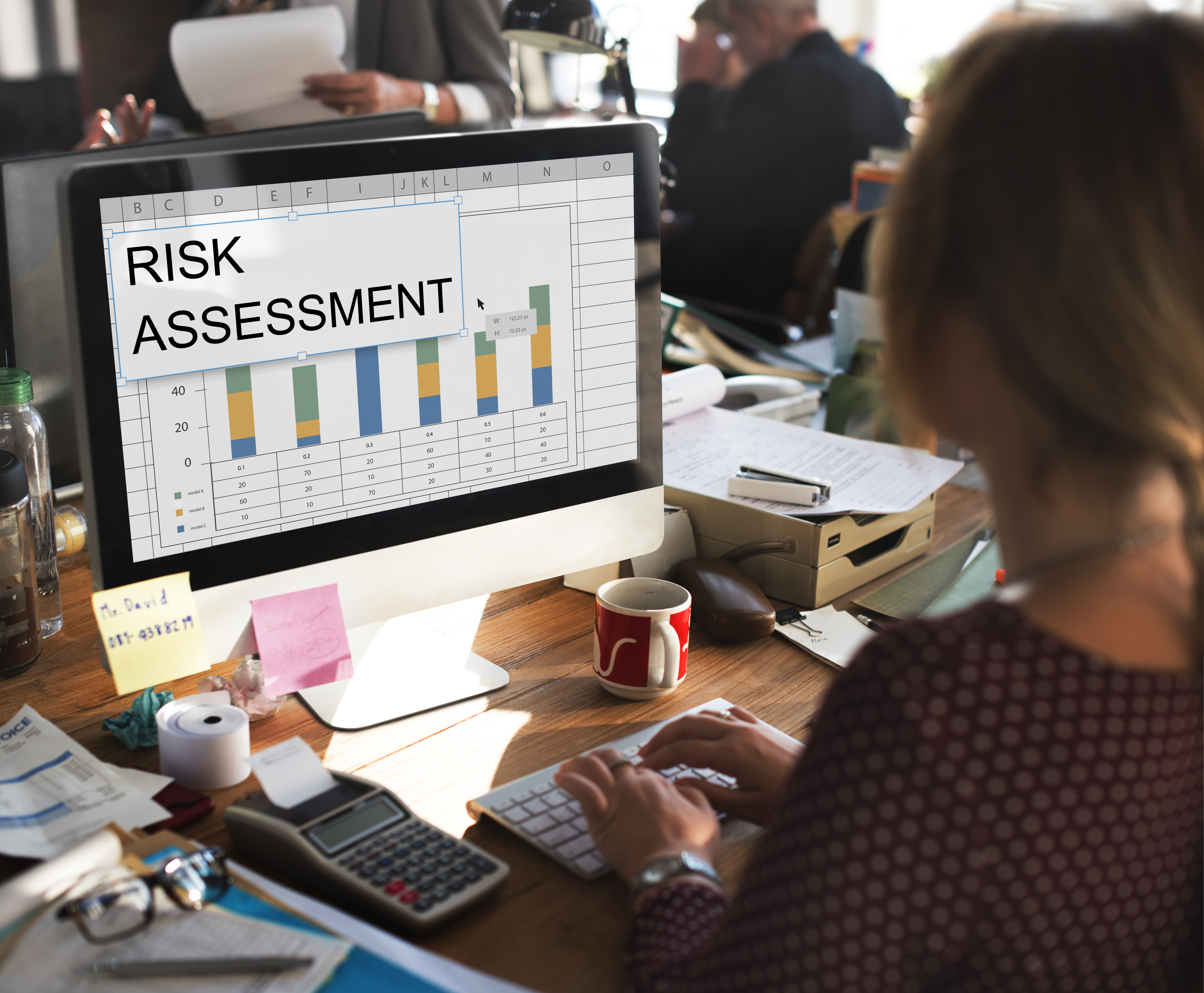In today’s interconnected world, supply chains are the lifeblood of businesses. They weave together suppliers, manufacturers, distributors, and customers, ensuring the smooth flow of goods and services. However, this intricate web also exposes organizations to a myriad of risks—some known, others lurking in the shadows.
The COVID-19 pandemic starkly illustrated the vulnerability of global supply chains to unforeseen disruptions, underscoring the importance of robust risk management strategies. In this article, we delve into the significance of supply chain management and outline a practical framework for mitigating risks and building resilience.
A well-managed supply chain optimizes processes, minimizes waste, and reduces operational costs. By streamlining inventory management, production schedules, and distribution channels, businesses can improve efficiency and profitability. It also ensures that products reach customers promptly and meet their expectations, fostering loyalty and positive brand perception.
Supply chain management is instrumental in identifying and mitigating risks that can disrupt operations. From natural disasters and geopolitical instability to supplier bankruptcies and transportation bottlenecks, the ability to anticipate and address potential threats is critical for maintaining business continuity.
Practical Approach to Supply Chain Risk Management:
1. Comprehensive Risk Assessment: Begin by conducting a thorough risk assessment to identify vulnerabilities across the supply chain. Evaluate factors such as supplier reliability, geopolitical risks, market volatility, and demand fluctuations. This holistic view lays the foundation for targeted risk mitigation strategies.
2. Supplier Relationship Strengthening: Cultivate strategic partnerships with suppliers based on trust, transparency, and mutual benefit. Diversify your supplier base to mitigate the risk of dependency on a single source. Establish clear communication channels and collaborate on contingency plans to address potential disruptions proactively.
3. Technological Integration for Visibility: Leverage advanced technologies such as IoT sensors, data analytics, and blockchain to enhance supply chain visibility and transparency. Real-time monitoring allows for early detection of issues and enables swift decision-making in response to changing conditions.
4. Agile Response Mechanisms: Develop agile response mechanisms that enable rapid adaptation to unforeseen disruptions. Implement flexible manufacturing processes, dynamic inventory management systems, and alternative transportation routes to minimize downtime and mitigate the impact of disruptions.
5. Continuous Monitoring and Improvement: Supply chain risk management is an ongoing process that requires continuous monitoring and improvement. Regularly review performance metrics, conduct scenario planning exercises, and solicit feedback from stakeholders to refine risk management strategies and enhance resilience.
6. Crisis Preparedness and Recovery Planning: Prepare comprehensive crisis response and recovery plans to minimize the impact of disruptions on business operations. Establish clear roles and responsibilities, designate crisis management teams, and conduct regular drills to test the effectiveness of contingency measures.
7. Embracing Sustainability and Ethical Practices: Integrating sustainability and ethical considerations into supply chain management is not only morally imperative but also a strategic necessity. Environmental degradation, social injustice, and unethical practices can pose significant risks to supply chain continuity and brand reputation. By prioritizing sustainable sourcing, fair labor practices, and ethical standards throughout the supply chain, businesses can mitigate reputational risks and build trust with customers and stakeholders.
8. Collaboration and Information Sharing: Collaboration among supply chain partners is essential for effectively managing risks and enhancing resilience. Establish forums for information sharing, collaboration, and joint problem-solving with suppliers, logistics providers, and other stakeholders. By pooling resources, expertise, and insights, businesses can leverage collective intelligence to anticipate and address potential threats more effectively.
9. Invest in Talent and Training: Supply chain risk management requires specialized skills and expertise. Invest in talent development initiatives to build a team of professionals with the knowledge and capabilities to navigate complex supply chain challenges. Provide ongoing training and education to ensure that your workforce remains abreast of emerging trends, technologies, and best practices in supply chain management and risk mitigation.
10. Establishing Key Performance Indicators (KPIs): Define key performance indicators (KPIs) to measure the effectiveness of your supply chain risk management efforts. Track metrics such as supply chain resilience, on-time delivery performance, inventory turnover, and supplier performance to assess performance, identify areas for improvement, and drive continuous optimization.
Conclusion:
In an era of unprecedented complexity and volatility, supply chain risk management has emerged as a strategic imperative for businesses seeking to thrive in a rapidly evolving marketplace. By adopting a holistic approach that integrates risk assessment, supplier relationship management, technological innovation, and continuous improvement, businesses can enhance their resilience, mitigate disruptions, and create sustainable competitive advantage. Investing in robust supply chain management practices is not just a risk mitigation strategy; it’s a catalyst for long-term success, growth, and profitability in an increasingly interconnected world.
As businesses navigate the ever-changing landscape of global commerce, those that prioritize supply chain resilience and risk management will be better positioned to weather uncertainty, seize opportunities, and drive sustainable growth in the years ahead. By embracing innovation, collaboration, and a commitment to ethical and sustainable practices, businesses can build supply chains that are not only resilient to disruptions but also contribute positively to society and the environment.






